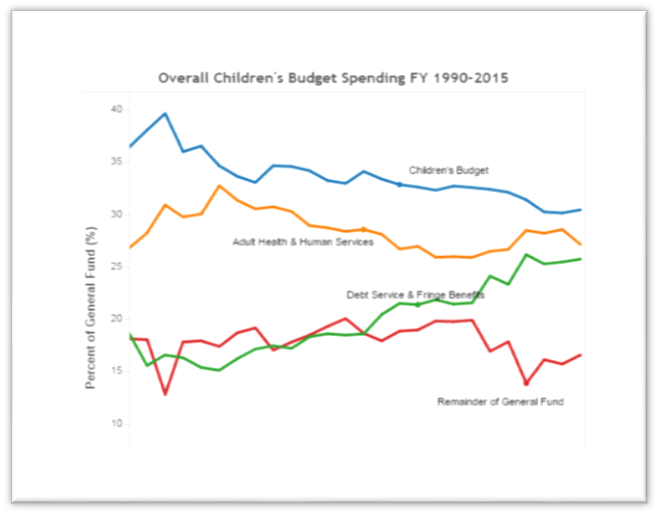Connecticut's Mechanical Engineers Honored for Driving Innovation, Advancing Technology
/A quick glance at the program book for the evening suggested this was not your typical awards ceremony. The “detailed schedule” in the program featured a level of precision not often seen – the specific time that each speaker would reach the podium was listed… 8:17 Hartford Steam Boiler, 8:23 United Technologies Aerospace Systems, 8:34 Westinghouse Electric, and so on.
This was the Awards Banquet of the Hartford Section of the American Society of Mechanical Engineers (ASME) – a night highlighting Connecticut’s longstanding role as a state of innovation and preeminent engineering expertise, and the people on the front lines – so the exactness was understandable.
A standing-room-only gathering of engineers from some of the region’s largest corporate names, joined by nearly 50 engineering students from area colleges – honored lifelong achievement, recent initiatives to advance new technologies and significant contributions to the field. The ceremonies were held at the Society Room in Hartford.
Among the corporations presenting awards were Alstom, Belcan Engineering, Firstlight and Power, Hartford Steam Boiler, Pratt & Whitney, United Technologies Aerospace Systems, Westinghouse Electric. Awards were also given to four veteran engineering faculty members at Central Connecticut State University, University of Hartford and University of Connecticut.
Congresswoman Elizabeth Esty (D-5th District), recalling that her father and grandfather were engineers, said in opening remarks that among the nation’s challenges is a “failure to invest consis tently and robustly in research.” Describing Connecticut as “the home of innovation in engineering,” Esty said that engineers provide “the inspiration to solve the world’s problems.”
tently and robustly in research.” Describing Connecticut as “the home of innovation in engineering,” Esty said that engineers provide “the inspiration to solve the world’s problems.”
The annual event, held days ahead of National Engineers Week, is part of an effort “to raise public awareness of the profession’s positive contributions to improving society and quality of life,” and highlight “the importance of a technical education and a high level of math, science and technology literacy.”
The Hartford Section of ASME, with approximately 800 members, is among the largest in the nation. Connecticut has two other ASME sections, geographically focused in New Haven and Fairfield County. The not-for-profit professional organization’s mission, in part, is to “serve diverse global communities by advancing, disseminating and applying engineering knowledge.” That mission was evident as the work of each award recipient was highlighted.
Amy Ericson, Alstom U.S. Country President, noted that her company has 93,000 employees in 100 countries – and that Windsor, Connecticut is their largest U.S. location. “We’re very committed to the United States, and to Connecticut,” she said. The three Alstom honorees – Manager of Performance Design Engineering Danny Gelbar, Head of Global Performance Scott Herman and Consulting Engineer Rahul Terdalkar – recalled Alsom’s predecessors, ABB and Combustion Engineering, well-known names in Connecticut’s heritage. They also looked ahead to the impact of innovations developed in Connecticut. Alstom equipment can be found in one of every two U.S. power plants, 40 percent of all power grids and the nation’s busiest rail transportation systems.
 Among the faculty award recipients was Dr. Alfred A. Gates, Professor of Engineering at Central Connecticut State University, whose two decades at the university have been a steady stream of technical innovation and teaching. Gates noted that CCSU has just become the first university in the United States to receive a Certificate of Authorization (COA) from the Federal Aviation Administration to “fly unmanned aircraft in the wire zone,” within feet of electric lines. The FAA has closely regulated such authorizations to assure public safety, conducting a comprehensive operational and technical review on each application. Approval, after a nearly year-long review, reflects Gates record of skill and accomplishment in engineering and testing such devices.
Among the faculty award recipients was Dr. Alfred A. Gates, Professor of Engineering at Central Connecticut State University, whose two decades at the university have been a steady stream of technical innovation and teaching. Gates noted that CCSU has just become the first university in the United States to receive a Certificate of Authorization (COA) from the Federal Aviation Administration to “fly unmanned aircraft in the wire zone,” within feet of electric lines. The FAA has closely regulated such authorizations to assure public safety, conducting a comprehensive operational and technical review on each application. Approval, after a nearly year-long review, reflects Gates record of skill and accomplishment in engineering and testing such devices.
The University of Hartford’s Leo T. Smith, a member of the engineering faculty since 1978, and UConn School of Engineering professor Nejat Olgac, a faculty member since 1981, were also honored. Each program highlighted its recent growth, with CCSU’s program increasing to 300 students in just under a decade.
State Rep. Lonnie Reed (D-Branford), co-chair of the state legislature’s Energy and Technology Committee, saluted the “sense of buoyancy and possibility” that engineers embody, and the “solution-oriented optimism” that they bring to technical challenges. She recalled her years as a television news reporter and the inspiring excitement of covering NASA space shuttle missions and the “failure is not an option” approach that permeated the space program, noting Connecticut’s significant contributions to those initiatives.
Honorees included Shaila Kambli, Chief Engineer, Systems and Software Engineering, at Belcan; Peter A. Goodell, Supervisor Code Services at HSB Global Standards; Tadry Domagala, Chief Project Engineer at UTC Aerospace Systems; Edward Hathaway, Senior Engineer at First Light; and Michael Foster of Westinghouse. The Pratt & Whitney award recipients were Jesse Boyer, Fellow, Additive Manufacturing; Christopher L. Dyer, Deputy Director, Cold Section Engineering; Matthew R. Feulner, Discipline Manager of Operability, Propulsion Systems Analysis; David P. Houston, Manager of Cor Structures, Mechanical Disciplines; Katherine A. Knapp Carney, CIPT Leader, Next Generation Product Family Programs; John P. Virtue, Jr., Discipline Chief for Aero Thermal Fluids, Compressor Heat Transfer; and Ryan Walsh, Validation Manager, PW1100G-JM Engine Program. It was the 29th annual awards ceremony; the Engineer's Night chairman and emcee was Aaron Danenberg of Belcan Engineering.
http://youtu.be/iPmdZJhVUfk




 “These collective efforts will establish the Stamford 2030 District as an example of a financially viable, sustainability focused, multi-sector driven effort that maximizes profitability and prosperity for all involved. Through collaboration of diverse stakeholders, leveraging existing and developing new incentives and financing mechanisms, and creating and sharing joint resources, the Stamford 2030 District will prove the business case for healthy and high performing buildings.”
“These collective efforts will establish the Stamford 2030 District as an example of a financially viable, sustainability focused, multi-sector driven effort that maximizes profitability and prosperity for all involved. Through collaboration of diverse stakeholders, leveraging existing and developing new incentives and financing mechanisms, and creating and sharing joint resources, the Stamford 2030 District will prove the business case for healthy and high performing buildings.” The
The 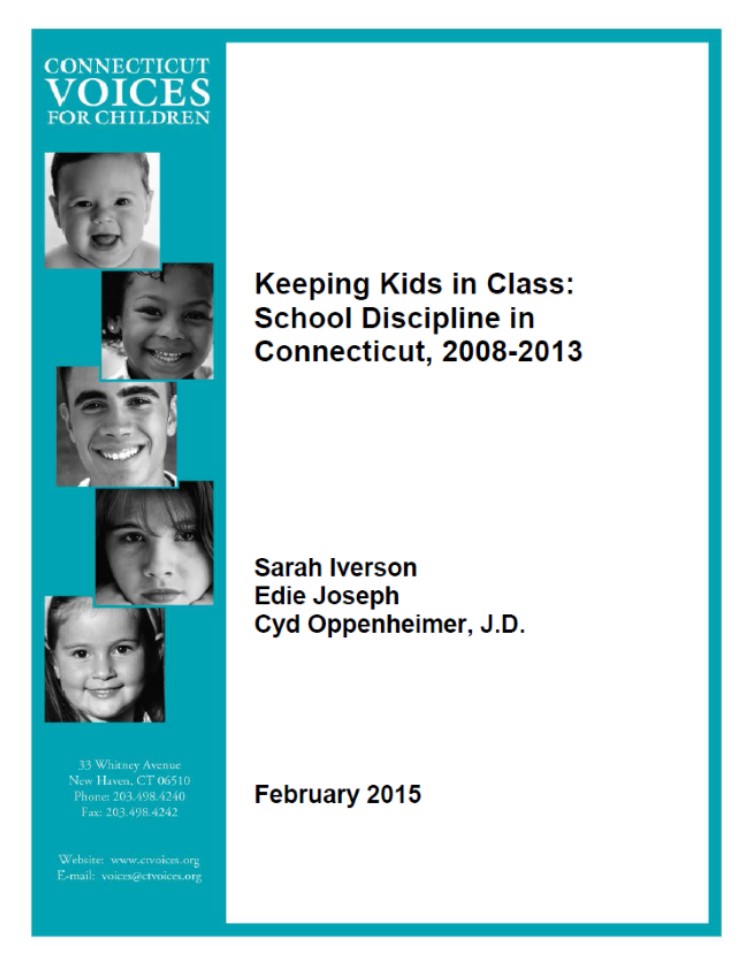
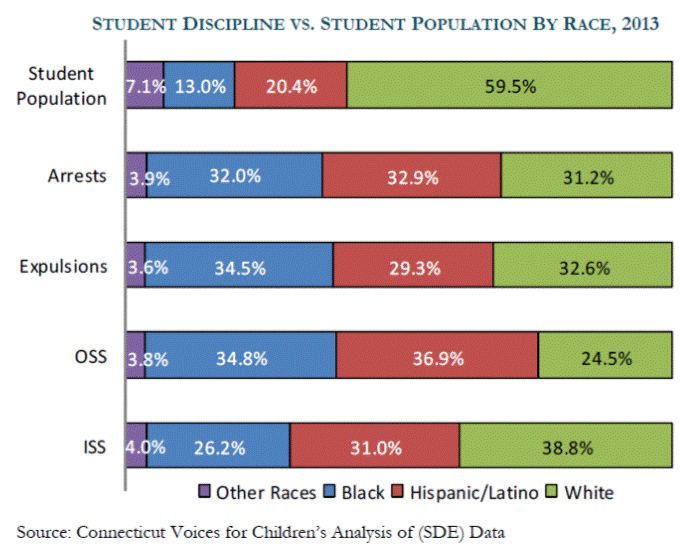


 o their teams as “Raiders” – not “Red Raiders.” Promoting their 2014 Thanksgiving Day football rivalry, the Torrington website said “Come out to see the Raiders take on the Watertown Indians in the 49th renewal of this holiday classic. The Raiders have held off the Indian attack the past two seasons…”
o their teams as “Raiders” – not “Red Raiders.” Promoting their 2014 Thanksgiving Day football rivalry, the Torrington website said “Come out to see the Raiders take on the Watertown Indians in the 49th renewal of this holiday classic. The Raiders have held off the Indian attack the past two seasons…”

 chester High School (Indians), Montville High School (Indians), and Newington High School (Indians). Also, the Nonnewaug (Woodbury) High School (Chiefs), North Haven Senior High School (Indians), RHAM Junior Senior High School (Sachems), Valley Regional (Deep River) High School (Warriors), Wamogo (Litchfield) Regional High School (Warriors), Watertown High School (Indians), Wilcox Technical (Meriden) High School (Indians), Wilton High School (Warriors), Windsor High School (Warriors), Windsor Locks High School (Raiders).
chester High School (Indians), Montville High School (Indians), and Newington High School (Indians). Also, the Nonnewaug (Woodbury) High School (Chiefs), North Haven Senior High School (Indians), RHAM Junior Senior High School (Sachems), Valley Regional (Deep River) High School (Warriors), Wamogo (Litchfield) Regional High School (Warriors), Watertown High School (Indians), Wilcox Technical (Meriden) High School (Indians), Wilton High School (Warriors), Windsor High School (Warriors), Windsor Locks High School (Raiders).




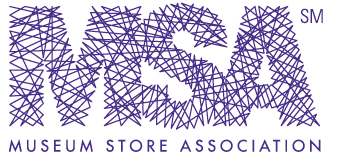

 has declined to comment on the ongoing review process at the FCC.
has declined to comment on the ongoing review process at the FCC.
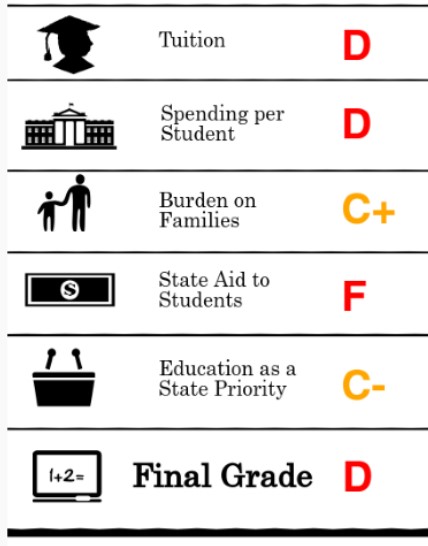 last month by the General Accounting Office in Washington, D.C. for the U.S. Senate found “persistent state budget constraints have limited funding for public colleges” across the country. The result, according to the GAO report: “Students and their families are now bearing the cost of college as a larger portion of their total family budgets.”
last month by the General Accounting Office in Washington, D.C. for the U.S. Senate found “persistent state budget constraints have limited funding for public colleges” across the country. The result, according to the GAO report: “Students and their families are now bearing the cost of college as a larger portion of their total family budgets.”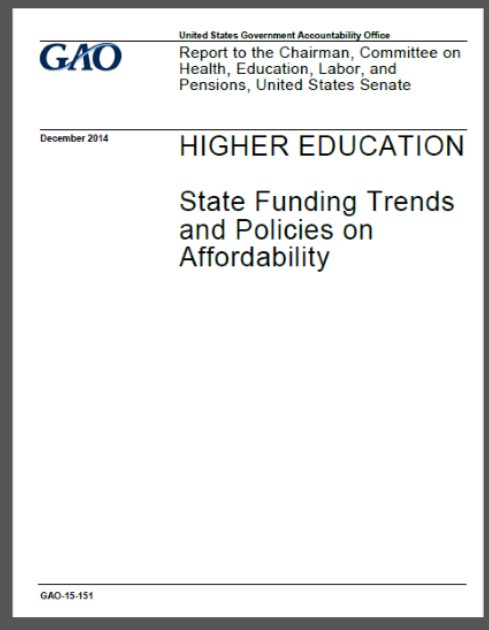
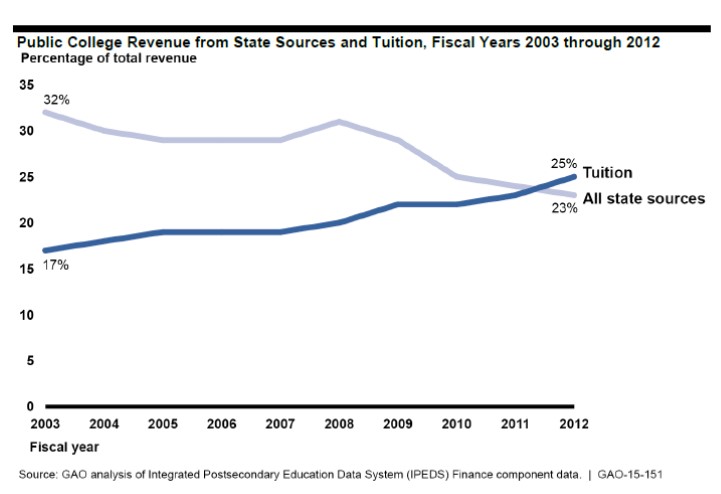 “state grant aid directly affects students in that it can reduce their out-of-pocket expenses for college… state grant aid, both merit- and need-based, has positive effects on enrollment.” The results of one program, in Washington State, cited by GAO “suggests that receiving the aid increased a student’s probability of enrolling in college by nearly 14 to 19 percentage points.”
“state grant aid directly affects students in that it can reduce their out-of-pocket expenses for college… state grant aid, both merit- and need-based, has positive effects on enrollment.” The results of one program, in Washington State, cited by GAO “suggests that receiving the aid increased a student’s probability of enrolling in college by nearly 14 to 19 percentage points.”

 rcentage increases in ELL students, between 2001 and last year, came in Windham (11.8% increase), Danbury (up 9.4%), Norwich (up 9.1%), and New London and West Haven (both up 7.4%).
rcentage increases in ELL students, between 2001 and last year, came in Windham (11.8% increase), Danbury (up 9.4%), Norwich (up 9.1%), and New London and West Haven (both up 7.4%). The new interactive tool, on the Connecticut Voices for Children website, enables visitors to track spending across nearly 100 children’s programs over 25 years. Over the last two decades, spending on children’s programs
The new interactive tool, on the Connecticut Voices for Children website, enables visitors to track spending across nearly 100 children’s programs over 25 years. Over the last two decades, spending on children’s programs 